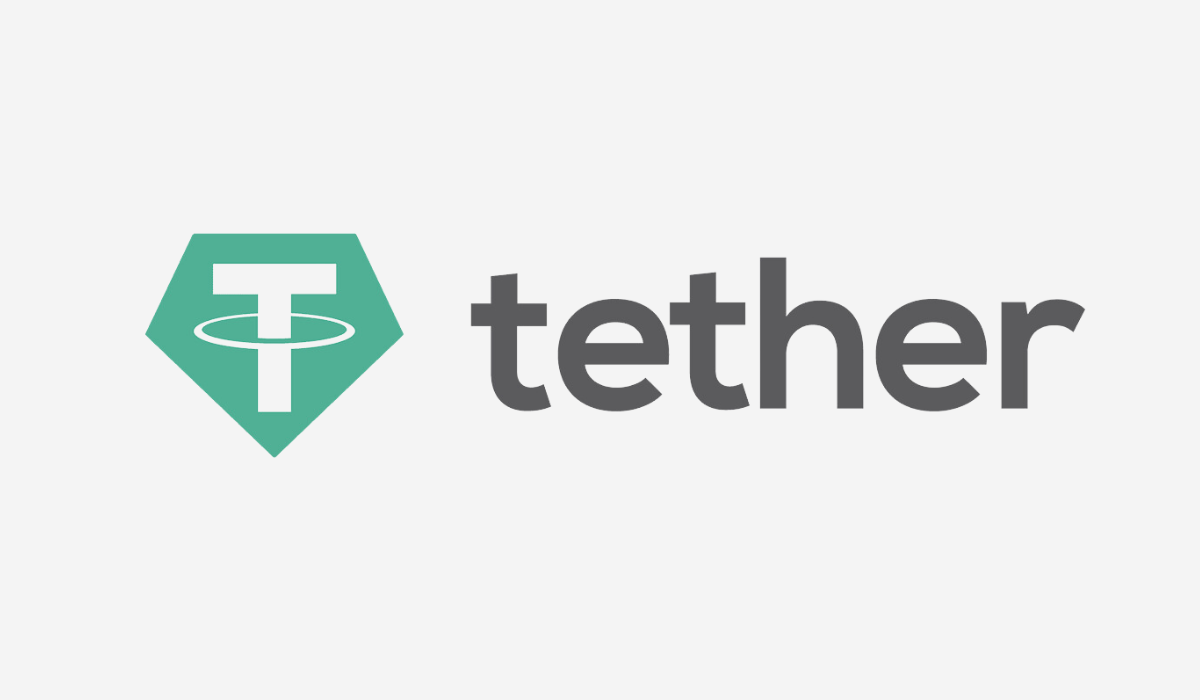
Tether (USDT)
Tether (USDT) is a type of cryptocurrency known as a stablecoin, designed to maintain a value equivalent to one U.S. dollar (USD). Launched in 2014 by the company Tether Limited, USDT was created to bridge the gap between traditional fiat currencies and digital cryptocurrencies, providing users with a stable asset for transactions, trading, and remittances within the cryptocurrency ecosystem. Tether operates on various blockchain networks, including Bitcoin (via the Omni Layer), Ethereum (as an ERC-20 token), Tron, and others, allowing it to be used on a wide range of cryptocurrency platforms and exchanges.
The key feature of Tether is its purported 1:1 peg to the U.S. dollar, which means that each USDT token is claimed to be backed by reserves held by Tether Limited, such as traditional currency, cash equivalents, or other assets. This peg is intended to reduce the volatility typically associated with other cryptocurrencies, making USDT a popular choice for users looking for a stable store of value or a means to move funds between exchanges without the risk of price fluctuations.
Tether has become one of the most widely used stablecoins in the cryptocurrency market, with billions of USDT tokens in circulation. It plays a critical role in providing liquidity and serving as a common trading pair with other cryptocurrencies. USDT is also frequently used in decentralized finance (DeFi) applications, where its stability is essential for executing transactions and contracts.
Tether has faced scrutiny from regulators and critics regarding the transparency of its reserves and whether it holds sufficient assets to back the tokens it issues. Tether Limited has responded to these concerns by releasing periodic reports on its reserves, although debates about its full backing have persisted.







